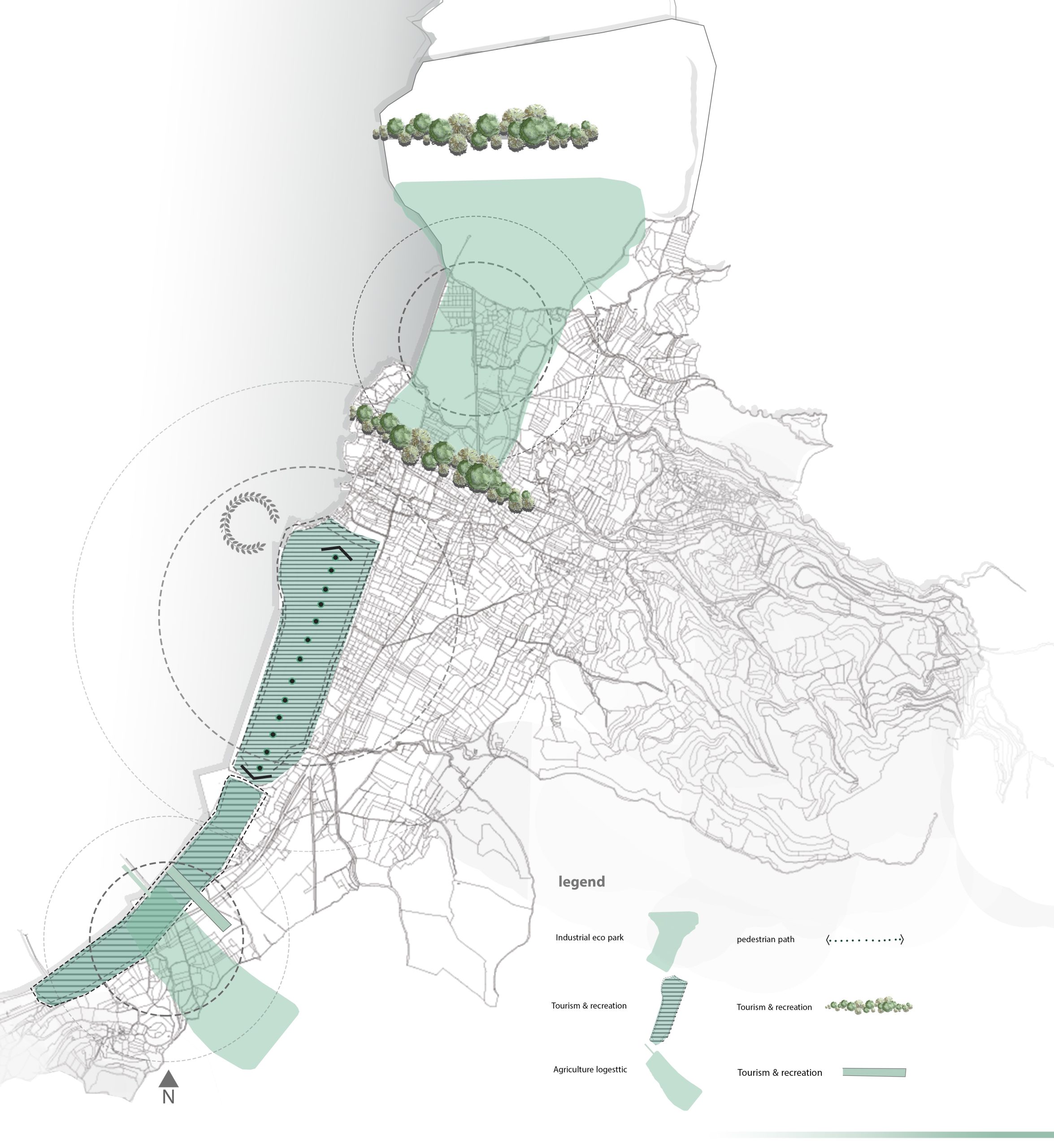
Today, it is important to consider tourism as a major source of income in many countries of the world. Undoubtedly, one of the most important requirements for attracting tourists is the attention to the elements such as the city and the valuable urban spaces that can be suitable places for urban activities of the people and tourists, so that their active presence in space, these locations will lead to vitality and spatial dynamics. Seaside towns are always lively for attracting tourists due to the presence of water and, consequently, greenery and greenery. Unfortunately, in most coastal cities, with the coastal areas being neglected, the beach has become a passive and inactive space, which reduces the presence of tourists in such spaces. Other factors, such as the separation of the city from the coast, the diminishing environmental quality of the beaches, and the unauthorized construction at sea are also some of the factors that cause the decline of the beach’s place value.

picture 3: Suggested Projects Map
Water is a vital natural resource is renewable, but finite, which is used for various purposes. Historically in many parts of the world, water resources play an important role in the establishment and formation of their residence and identity. Before industrialization, urban coastal areas were booming with people and diverse activities and there was a close connection between the coast and city but in the industrial age, this relationship was cut by creating some users such as major ports, commercial uses, Industrial activities, warehouse and transportation. Development of such as industrial activities in coastal areas have environmental problems such as pollution, aesthetic as well as social and economic effects for the surrounding urban communities. According to the sustainable development approach that is raised at the international level, should limit the effects of industrial development on the environment or be removed. Undoubtedly, the way out of the current problem is to consider the principles of sustainable architectural development and use them in development activities in urban coastal areas. For this purpose, Sustainable development and landscaping margin coast, ports can be used as a tool to achieve sustainable development goals.

picture 4: Overview of site A
Project 1 & 2: Eco-industrial park (EIP)
The most important application area of industrial ecology is Eco-industrial parks. An Eco-industrial park is briefly defined as companies and institutes working together and building a production network to develop their environmental and economic performances. According to this, an Eco-industrial park is an ecosystem where waste minimization is sought in the use of energy and raw materials, material and energy exchange is planned, and economic, ecologic, and social relations are established.
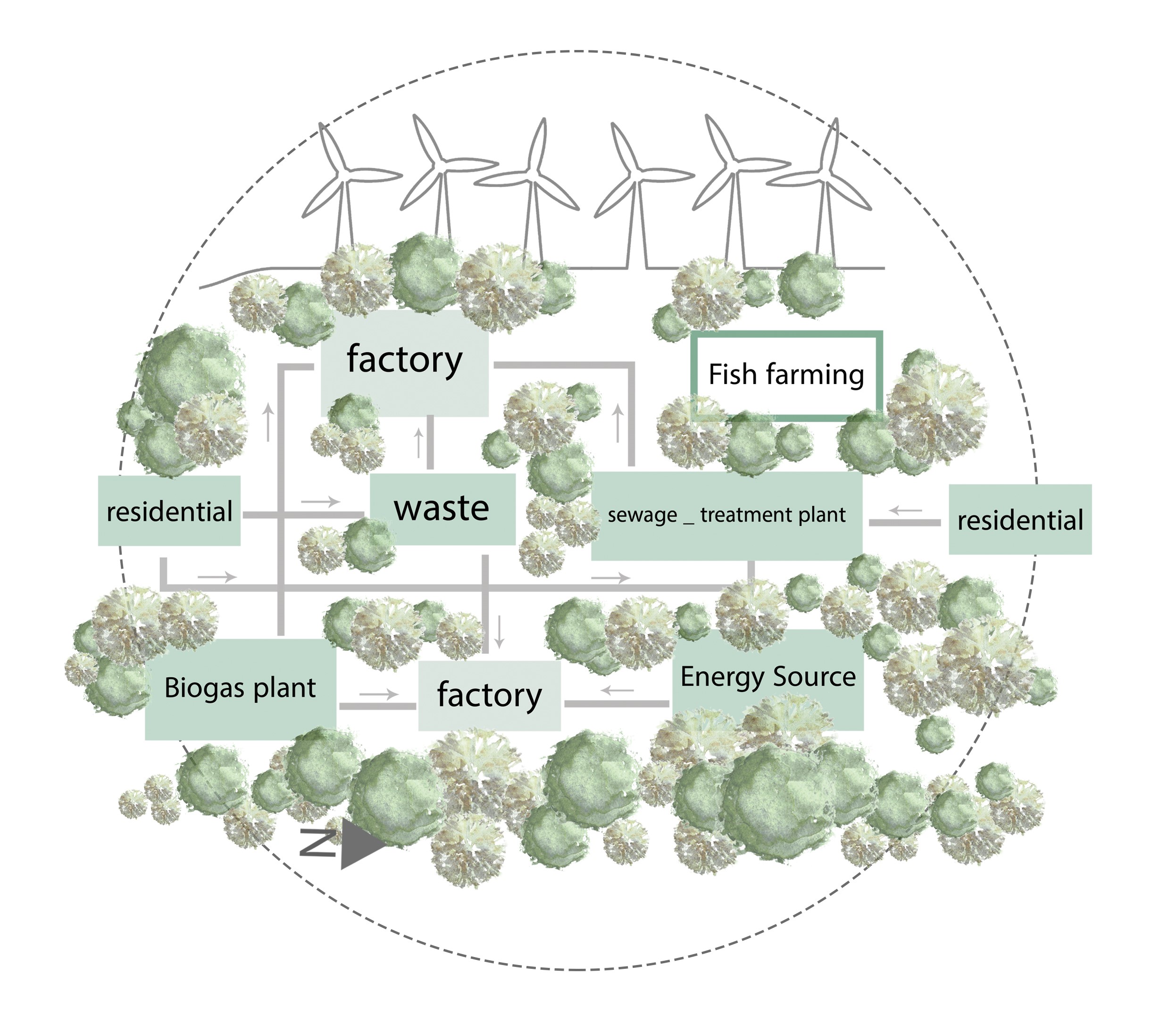
Diagram 5. Eco-industrial park’s Diagram
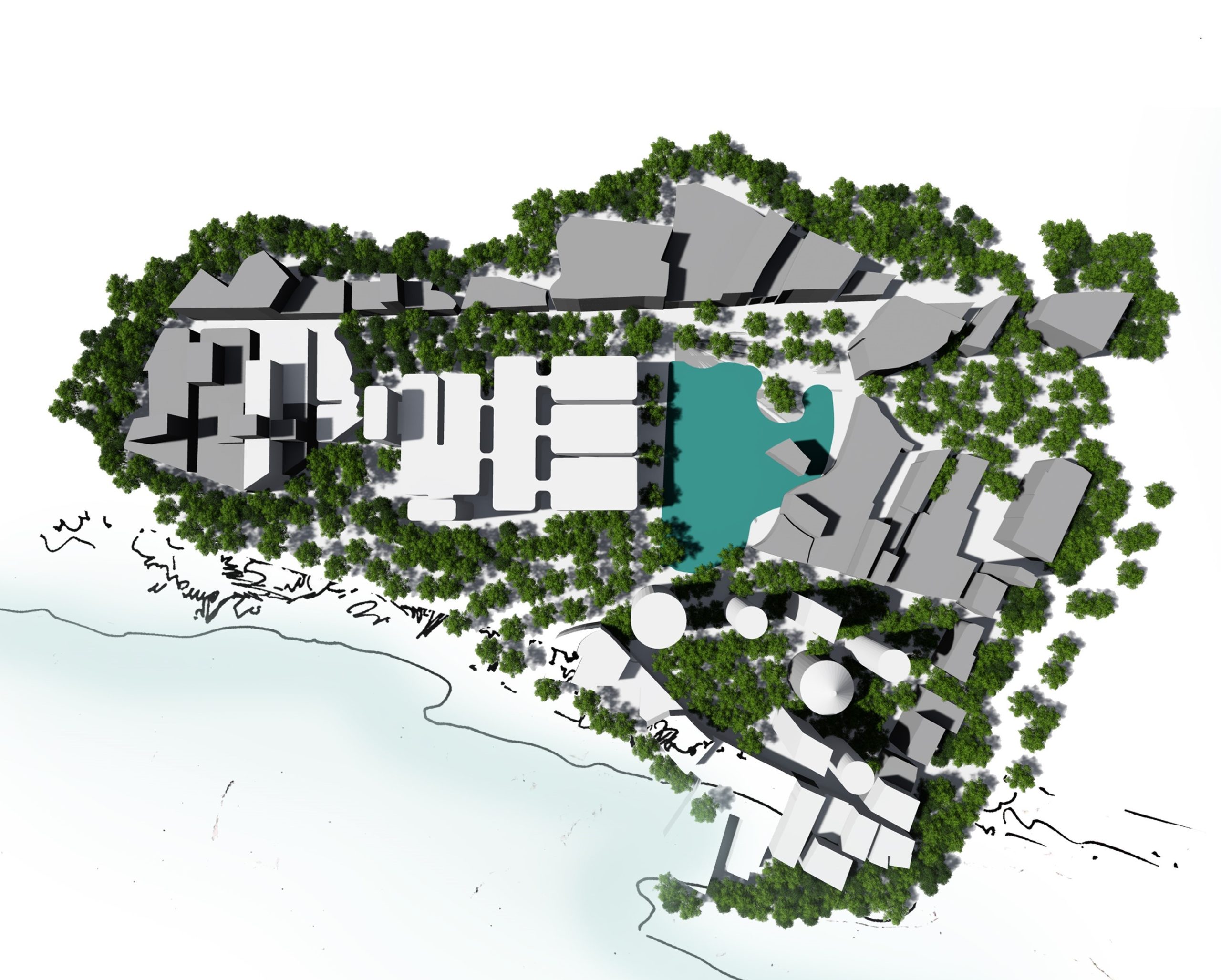
picture 5: Eco-industrial park’s Plan

picture 6: Eco-industrial park’s 3
Project 3: Pedestrian path
Urban space is not only a physical concept, it also encompasses the interactions of citizenship and urban activities, and it is in fact human presence and activity that makes sense. The sidewalk as one of the urban spaces plays an important role in promoting the social-cultural activities of the community. The pedestrian movement on the sidewalks enhances perception, identity and a sense of belonging to the environment through proper design and cognition based on aspects of the city.
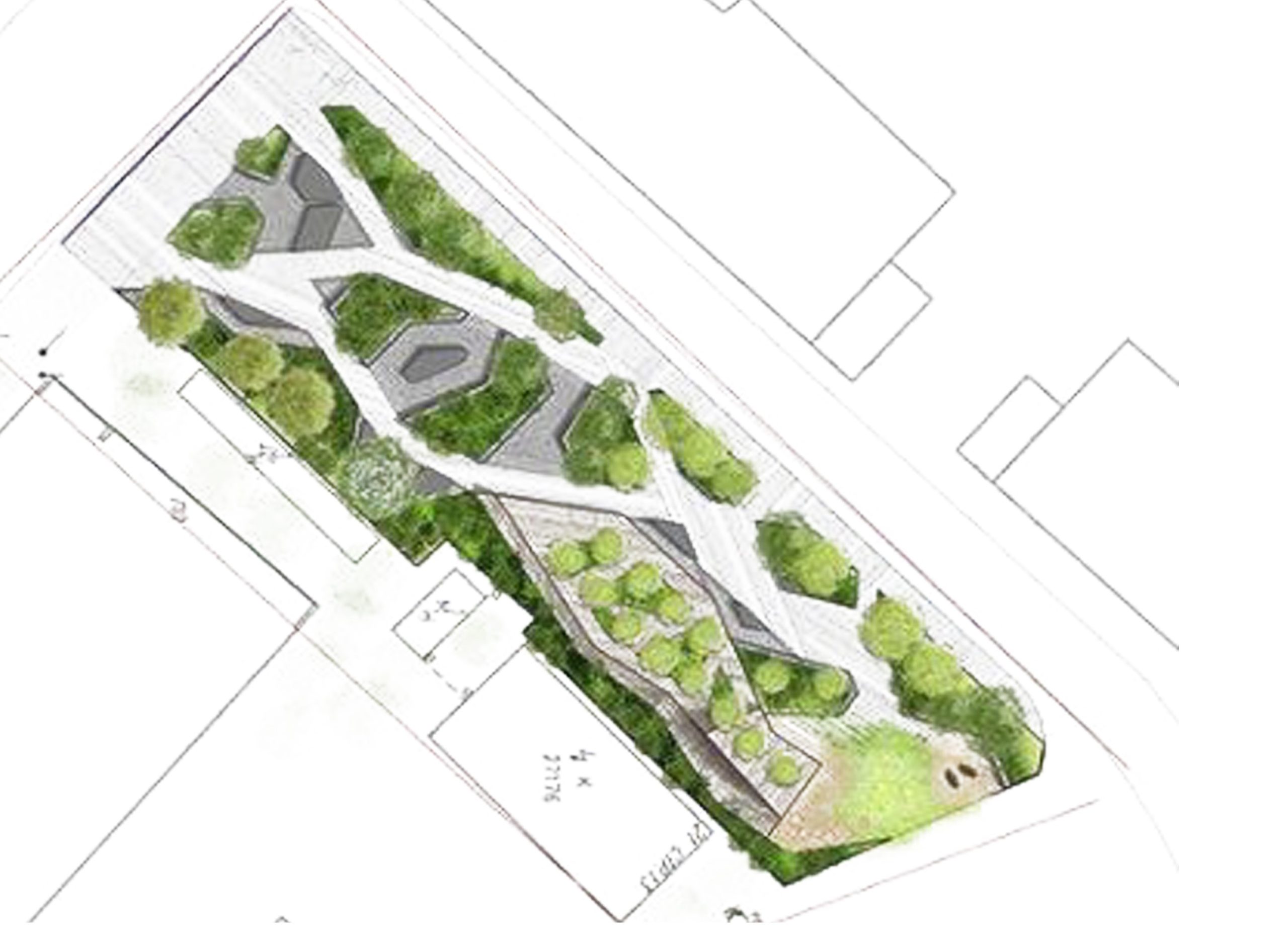
picture 7: Pedestrian path’s Plan

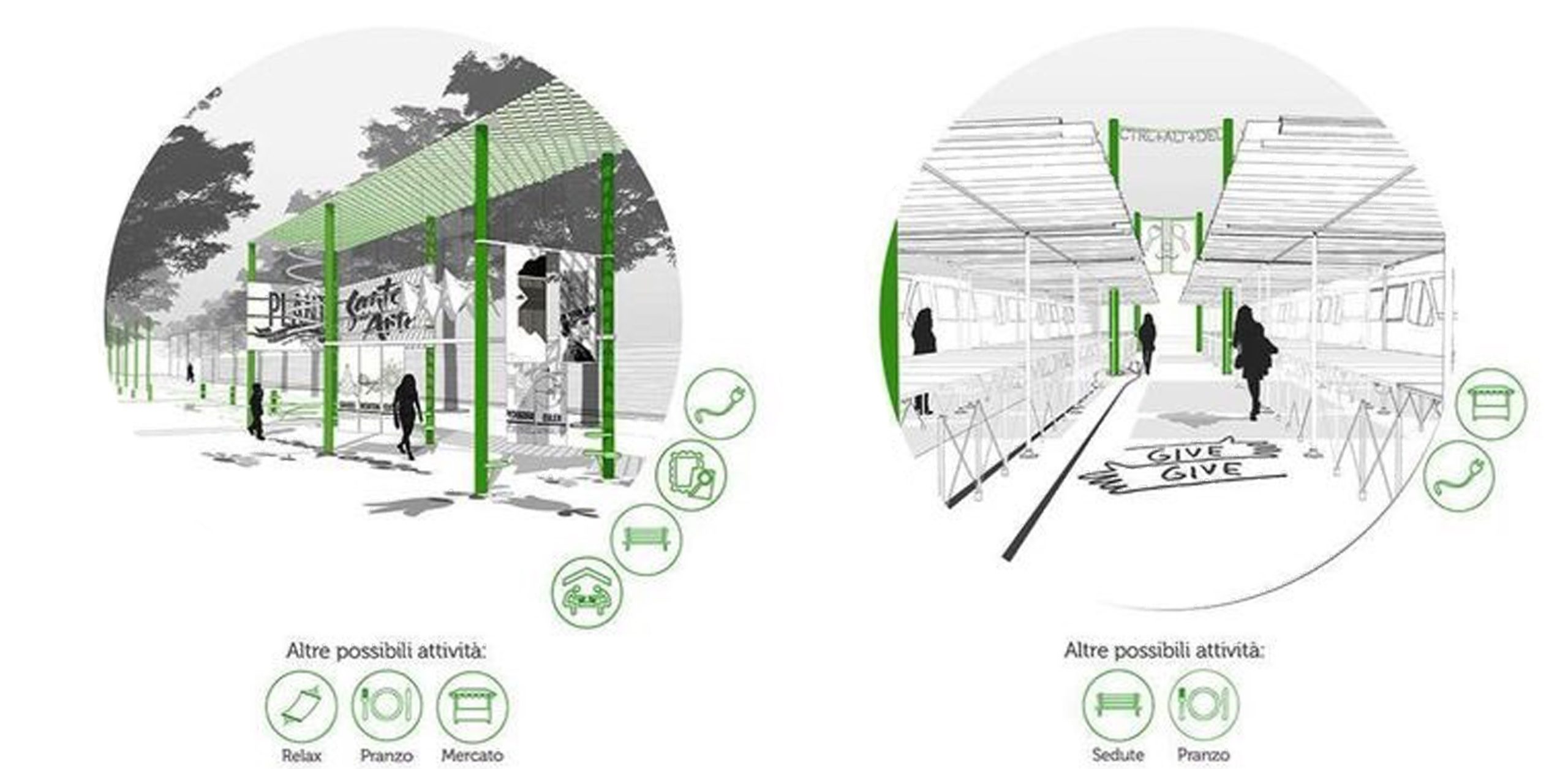
picture 8: Pedestrian path’s view
The sidewalks or walkways are dedicated to converting residential spaces into a safe and enjoyable place for hiking. Areas that themselves, as more and more, play a central role in enhancing the level of communication, communication and social interaction between citizens.
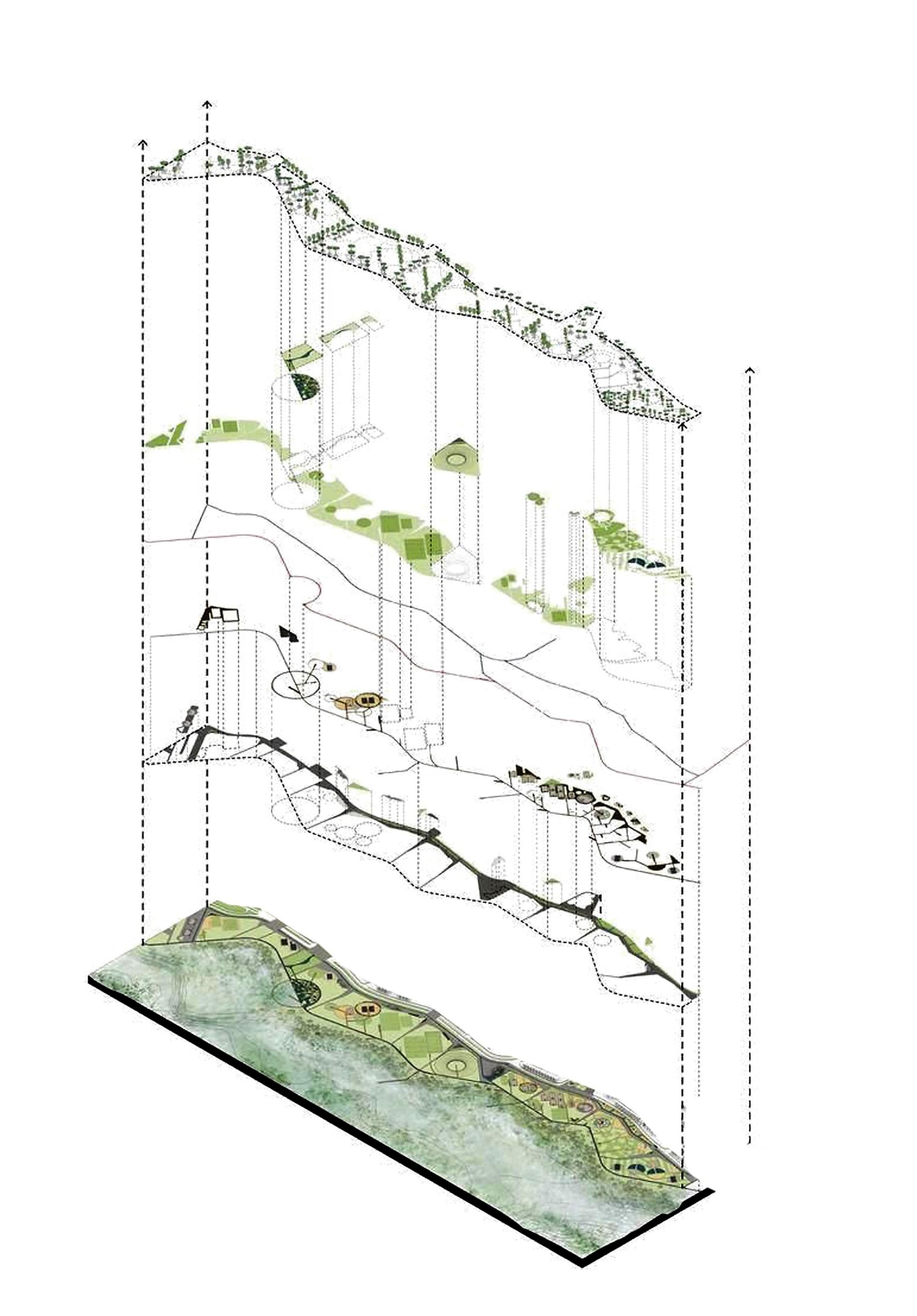
picture 9: Pedestrian path’s Estructura Functional
Project 4: Floating Hotel
The idea of building floating hotels is a creative idea. Hotel activists are always looking to design better and bigger hotels and outperform other competitors. Floating facilities such as, floating islands, floating houses, industries and, entire cities are constructions for habitation, entertainment, industrial or commercial purposes, and infrastructures are built to float on fresh- or seawater. They can be floating on air-filled or light materials. Recent developments in the ocean show a trend of offshore constructions, which can be situated above deeper waters, further offshore.
These can replace the development of reclaimed lands close to shore. Floating architecture provides certain advantages for the planning of sustainable design, such as: (a) a number of viable responses to the problem of rising sea level, (b) much-needed space replacing the lack of land for agriculture, for housing, and for commercial growth, (c) the creation of new and innovative tourist destinations, (d) a much smaller ecological footprint than land-based constructions, (e) the extension of city centers that are built near the coast; (f) the possibility of green planning at an unclaimed plot. We present here a review of existing floating architecture with different functions, from housing, entertainment, and food production to industrial purposes such as wind parks and desalinization plants.

picture 10: Floating Hotel
Project 5: Agricultural exhibitions
Agricultural exhibitions probably began as bazaars or fairs. Through the centuries these gatherings diverged somewhat from their original function and became primarily competitive showplaces for livestock and produce and settings for the display of new agricultural technology, as well as social events.
Project 6: Water Sports Complex
In urban society, sport is one of the most important leisure activities for people who spend a great deal of time in sports, watching sports in fact is a clever and wise way of developing quality of life and a different attitude and way of thinking. Design & development of sport buildings & Complex, must take into account three simultaneous goals:
Social and economic aspects and ecological interaction improve the quality of life of the collector; Due to the new technologies the economic aspects of buildings will be improved as an instrument As soon as they have the power of the computer, they will become intelligent.
The term ‘water sports’ now embraces a wide variety of active forms of recreation, from traditional sailing to the more recent emergence of jet skiing and wake boarding.